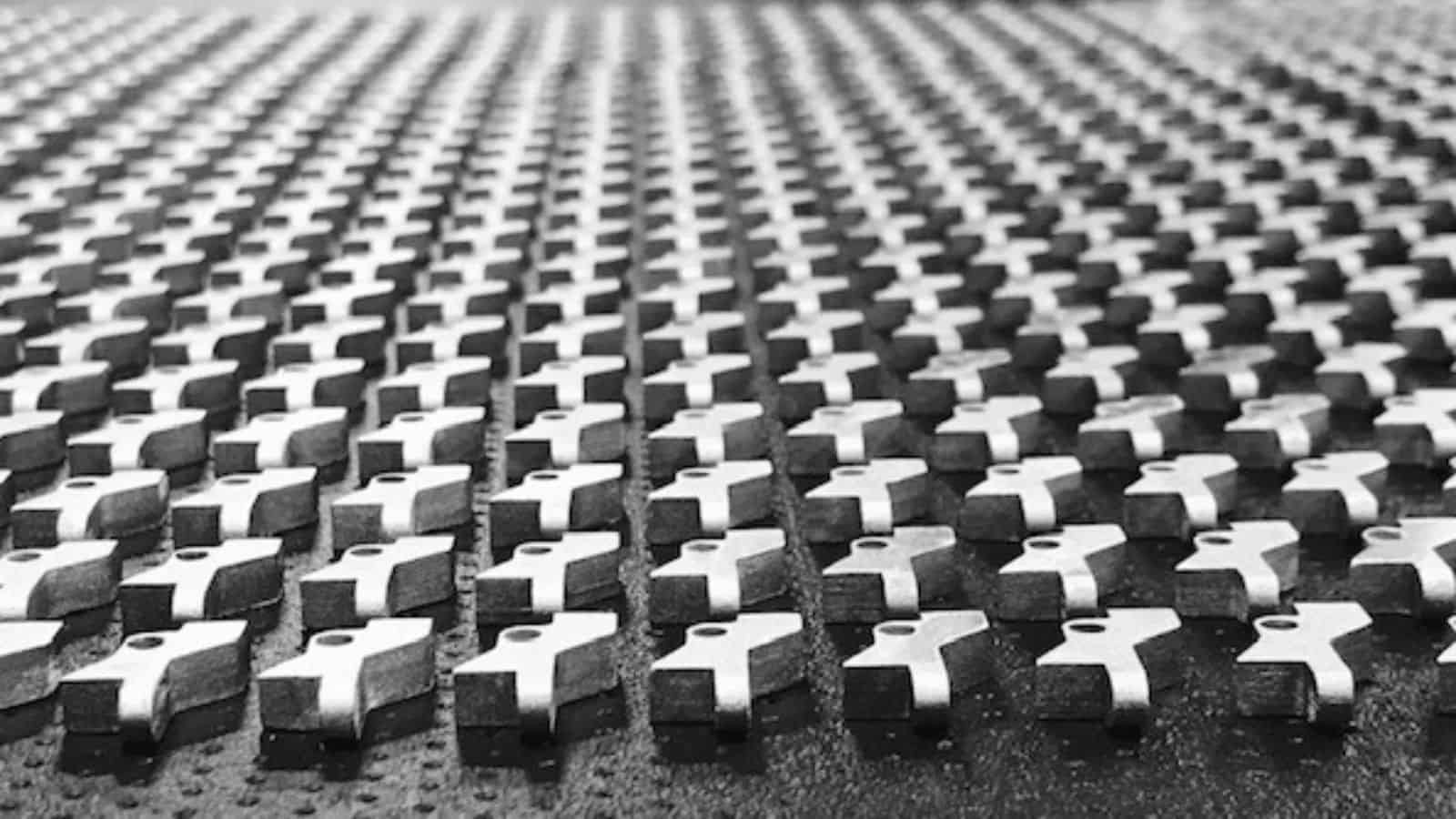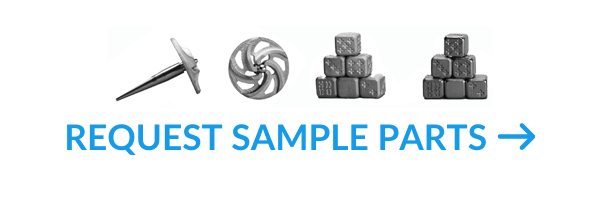By extending the boundaries of the on-demand production concept, additive manufacturing is changing supply chains in many industries.
Perhaps the greatest advantage of 3D printing over conventional techniques is flexibility. Because unit quantity, complexity, and labor inputs account for a relatively small percentage of final part cost, 3D printing facilities—especially in production—play by a different set of rules. Thanks to its flexibility, additive manufacturing can be reactive to business cases in a way that traditional methods just can’t. The adaptive, on-demand production of parts has the potential to reshape the way many manufacturers do business.
What makes additive manufacturing agile?
Several factors combine to make 3D printing more agile than alternatives like metal injection molding (MIM), CNC machining, or investment casting. The biggest reason involves frequently expensive tooling. It’s not uncommon for MIM tools to cost $50,000 to $125,000 per mold. Insult to injury is the tooling can take three to six months to develop, and the first iteration usually needs to be fixed in some way, which can take another few months and cost tens of thousands of dollars. All of this cost and delay gets absorbed before the customer gets the first part.
Another big challenge with traditional manufacturing is the required setup. With AM, setup is a matter of uploading a digital file and making minor adjustments to the physical printer. Setup in 3D accounts for a small chunk of overall production time.
Required setup can be very painful for traditional metal fabrication technologies. Long setup times make low and medium volume runs inefficient in traditional factories. With 3D printing, there’s far less friction associated with shifting production to make different types of parts. Low volume, high mix is trivial for additive manufacturing.
A related advantage of metal additive manufacturing is, strangely enough, the lack of economies of scale. With traditional manufacturing, high volume runs are necessary to offset high tooling and setup costs. As a result, minimum order quantities are required by these manufacturers to better amortize the setup costs.
AM is more or less immune to volume demands because so little is required to shift from production of one component to the next. With, say, metal injection molding, the final cost per part when 1,000 units are made would be dramatically higher than when 100,000 units are made. For example, if the setup costs $1,000 of labor and overhead support, the setup cost alone would be $1 per part. Over 100,000 parts, the setup cost is only $0.01 per part. That difference is much less pronounced with 3D printing.
How 3D printing enables on-demand manufacturing
The agility of the exciting new additive manufacturing technology is allowing more manufacturers to integrate on-demand solutions into their supply chains. Companies from Fortune 50 manufacturers to government agencies are all serious about realizing the benefits of 3D printing. Among other benefits, the ease of bringing a part into production with AM (i.e. changing a CAD file) allows users to receive and respond to product demand and react to demand changes in real time rather than try to forecast it.
The change involves a shift from keeping physical inventory to keeping digital inventory. Imagine how much easier it is to host a library of CAD files that can be sent for 3D printing at a moment’s notice than to run a bunch of inventory, warehouse it indefinitely, and then get it to the right place at the right time exactly when it’s needed.
This is especially true in markets where demand is inconsistent and unpredictable. Repair parts, given 15-20 year product life cycles, are notoriously difficult for OEMs to manage. Not having enough on hand can cause shorter product life and reputational damage with customers. Having too many is expensive and inefficient. On-demand printing is a natural solution. Companies just store the CAD files and produce and distribute the replacement parts on an as-needed basis.
Consider also the geographical implications of this model. Provided a facility with the right printing capabilities exists in a given world region, production can be moved as quickly as a file can be sent. A car company rolling out a new style of headrest in North America can bring those parts into production in Singapore without A) shipping them across the globe, or B) outfitting a Singaporean factory with the unique setup required by the headrest.
Addressing changing market dynamics with 3D printing
Consumers are growing more demanding each year. Manufacturers will have to respond in kind or risk being disrupted by more agile competitors. Increasingly, customization, lightning fast lead times, and ultra-high product quality are becoming a competitive requirement in many fields, and on-demand manufacturing can help address these challenges.
While more responsive manufacturing is becoming a requirement in more industries, integrating additive manufacturing to meet this need can be extremely hard. Bringing 3D printing in-house requires an enormous investment of time and resources, and managing the technology without the relevant expertise is a recipe for disaster.
Fortunately, it’s more economical than ever to outsource on-demand production needs to an AM service provider. Dedicated outfits like 3DEO offer access to the advantages of 3D printing without the need to invest millions of dollars in infrastructure and skilled labor.
With 3DEO, highly complex metal components can be produced on an as-needed basis with no minimum order quantity. If adapting to a more demanding manufacturing climate is important to your business, don’t hesitate to reach out.



